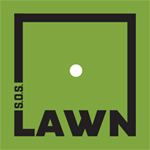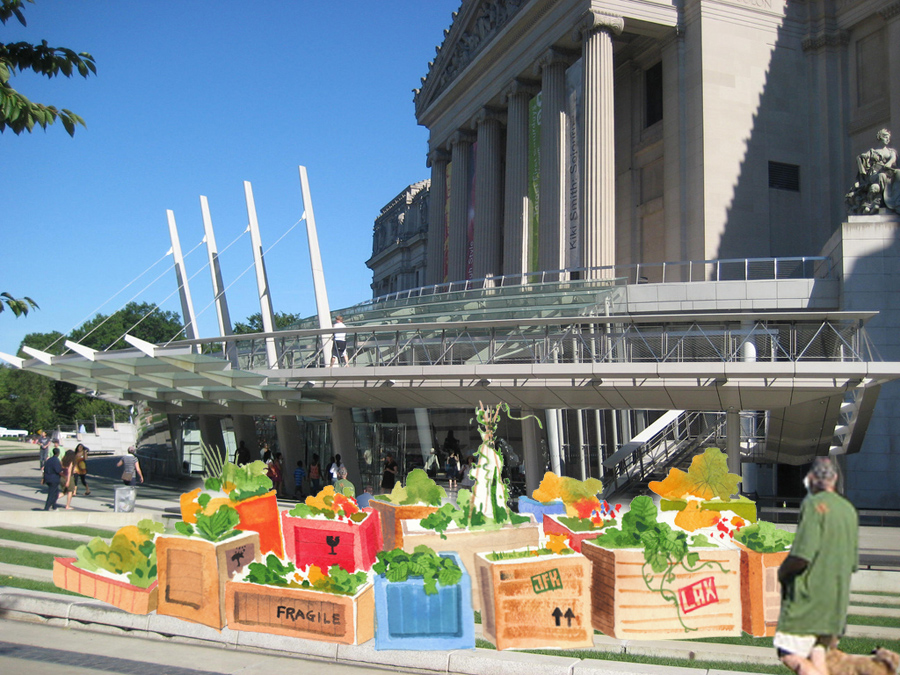"The American lawn uses more resources than any other agricultural industry - Bill Mollison
L-A-W-N at Brooklyn Utopias September 16-December 12, 2010
Featuring artwork by Andrew Casner, Hernani Dias, Kate Glicksberg, Katherine Gressel, Hugh Hayden, Kim Holleman, Christina Kelly, Jess Levey, Mary Mattingly, Eve Mosher, Scott Nyerges, ORPH, Mathilde Roussel-Giraudy, Dan Sagarin, Eric Sanderson, Tattfoo Tan, Work.AC**
ABOUT THE EXHIBITION Utopia: An ideal place or state. What would a “Brooklyn Utopia” look like? What is the role of artists in shaping an ideal Brooklyn? Brooklyn Utopias: Farm City invites artists to respond to urban agriculture, or the practice of farming in or around a city, as a “utopian” solution for Brooklyn. How successful are Brooklyn’s existing urban farming attempts and what additional innovations and collaborations are possible? How can the borough’s rich agrarian past inform its greener future? What about questions of scale, universal access, diversity and feasibility for urban farming that determine if this is a fad or a lasting practice in Brooklyn? And finally, how can the past, present and future of Brooklyn farming inform future “farm cities?" To address such questions, the artworks in Brooklyn Utopias: Farm City will range from the symbolic and visionary to the literally alive and dirty. These include: sample plant modules from Eve Mosher's Seeding the City rooftop garden networking project, early drawings from Christina Kelly’s Maize Field project that harvests corn in Brooklyn streets; never-before shown plans and sketches by Mary Mattingly (of the Waterpod project and Flock House); a painting by Andrew Casner made from garden compost; a rendering of an idealized agrarian Brooklyn in year 2409 by Eric Sanderson, author of the best-selling Manahatta; and, during opening weekend, tours of actual mobile farms by Tatfoo Tan, Kim Holleman, and Ian Cheney & Curt Ellis. The Old Stone House of Brooklyn is a modern reconstruction of the Vechte-Cortelyou House, a 1699 Dutch stone farmhouse that was the site of the largest battle of the Revolutionary War and the original home of the Brooklyn Dodgers. The Old Stone House is dedicated to creating a strong sense of community through history, environmental education and the arts. Please visit www.theoldstonehouse.org for more information.
Press: Organization:
|

